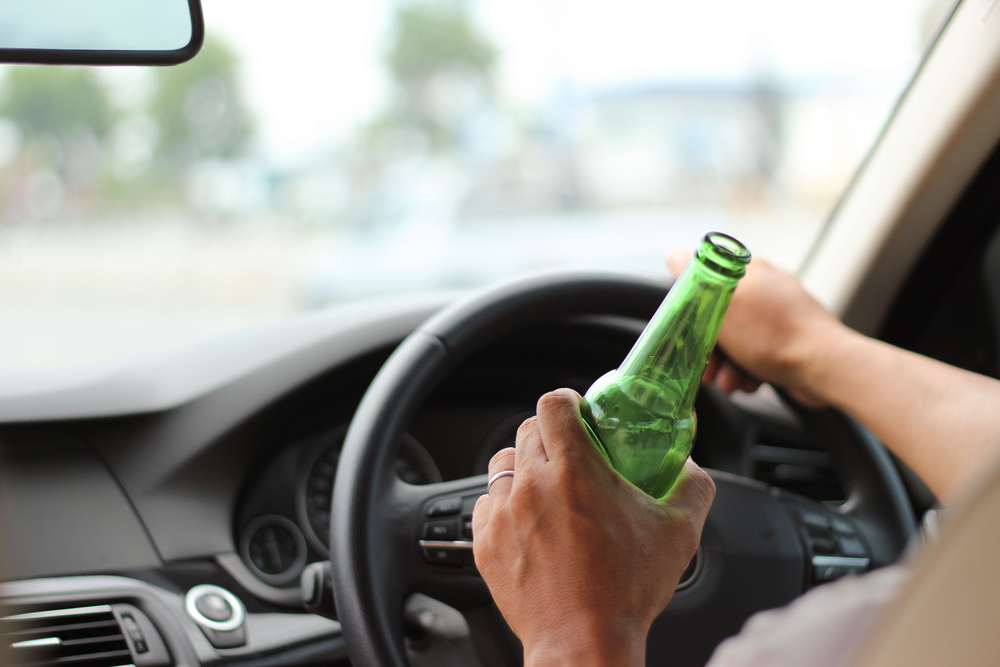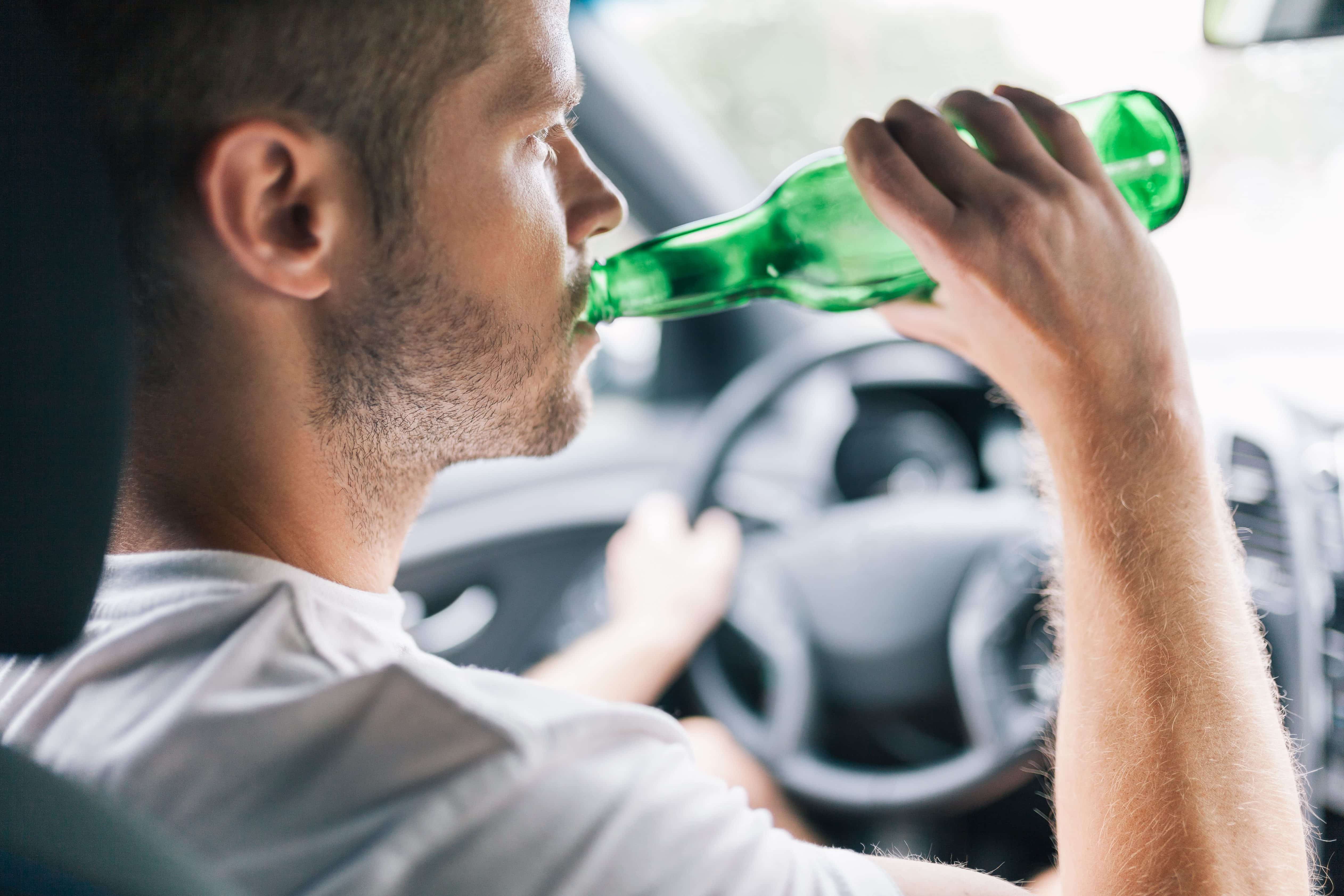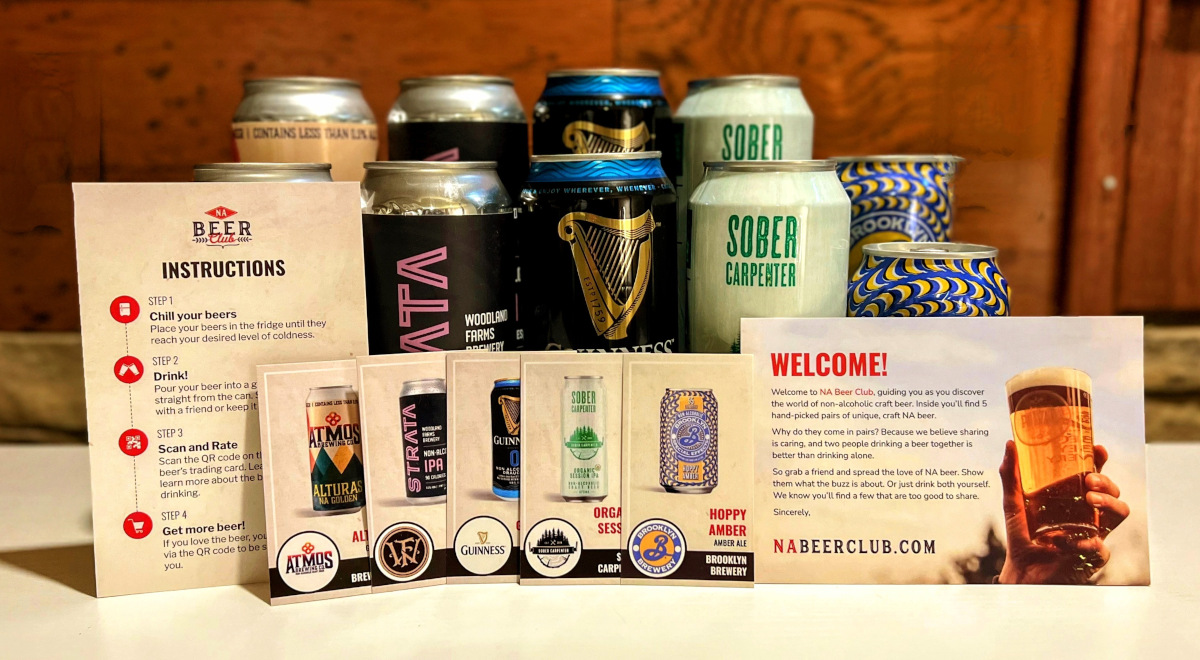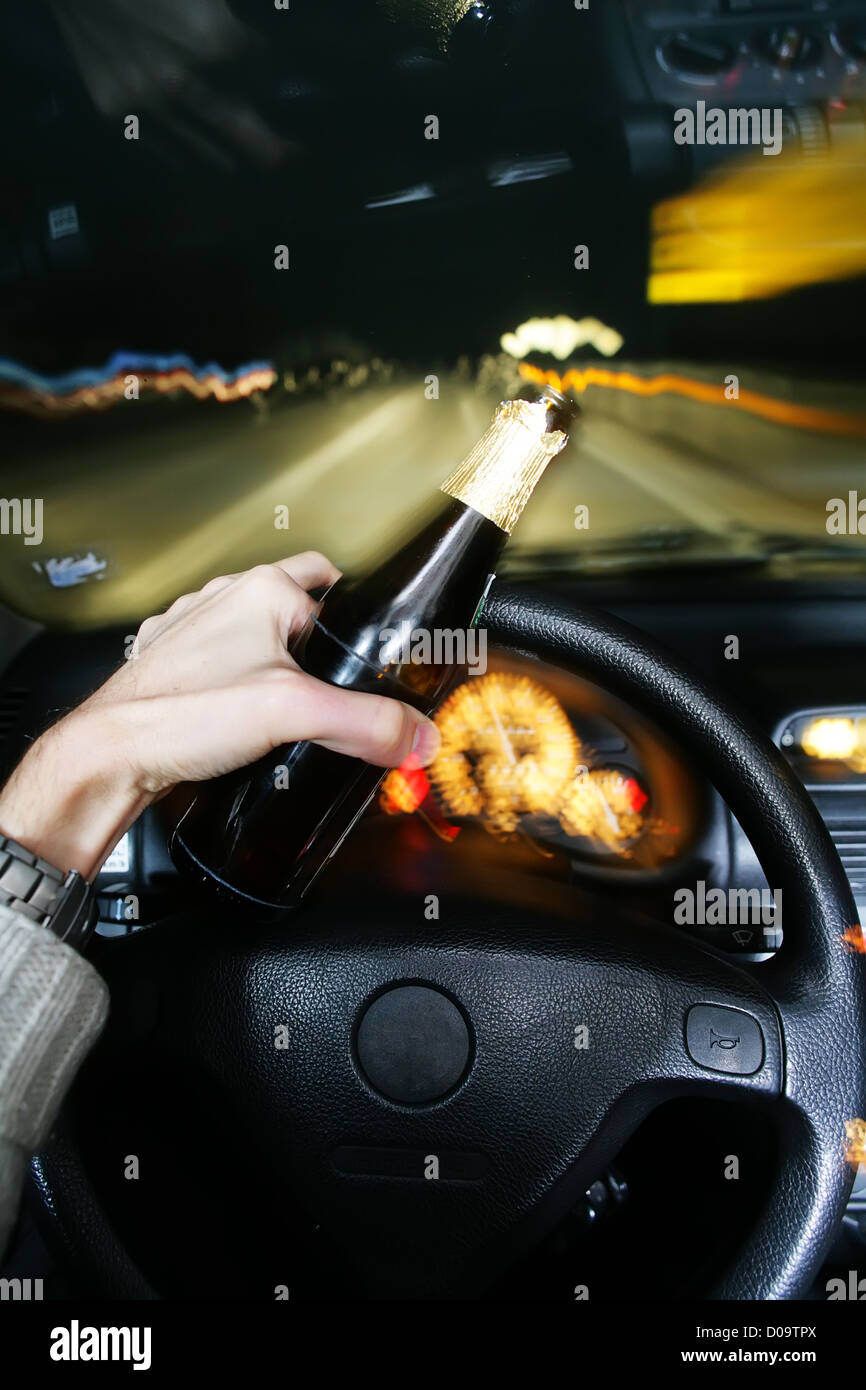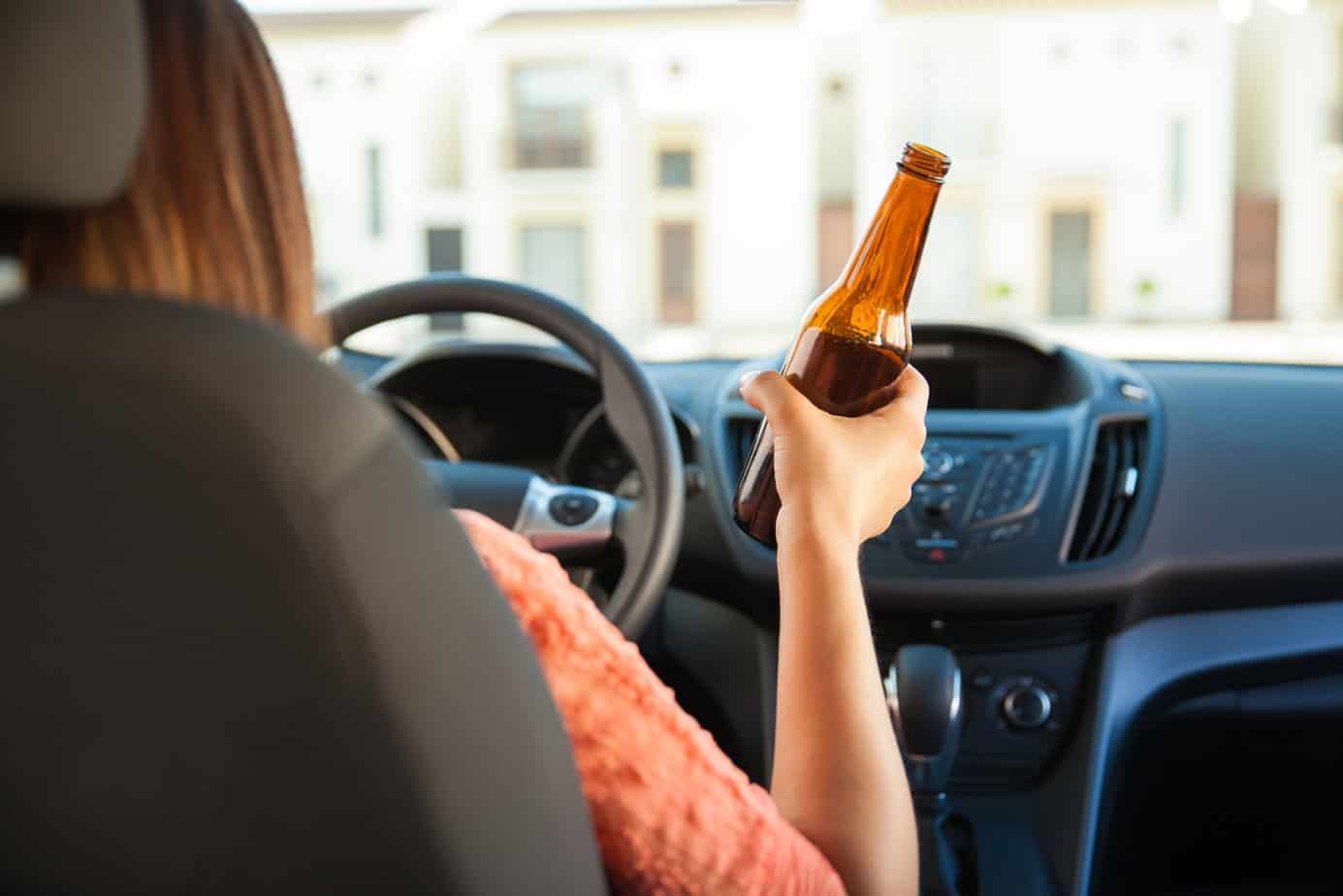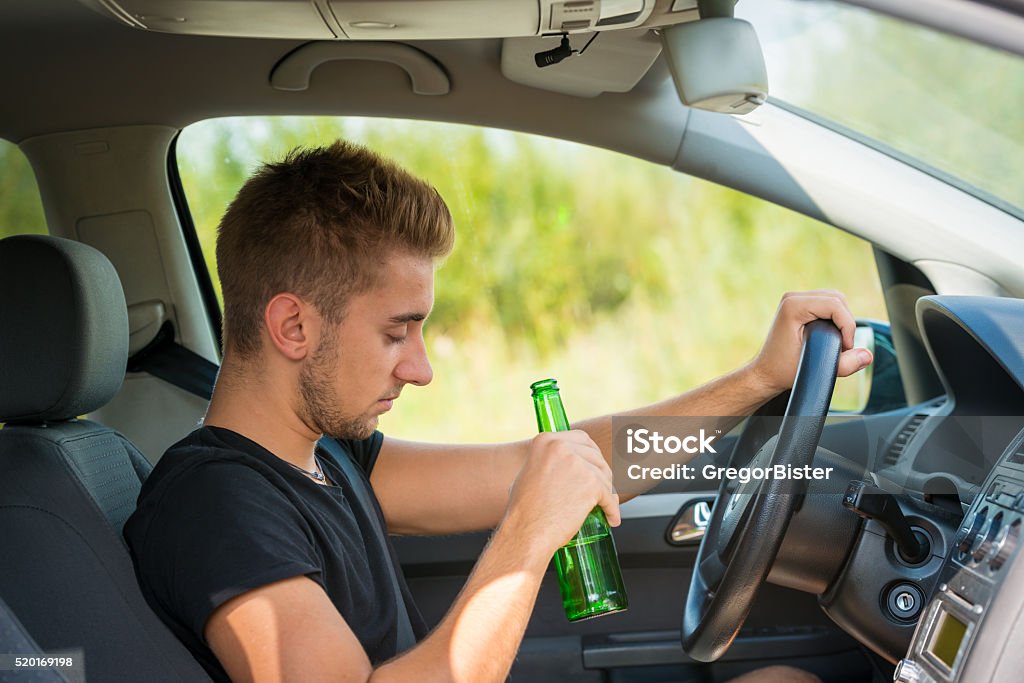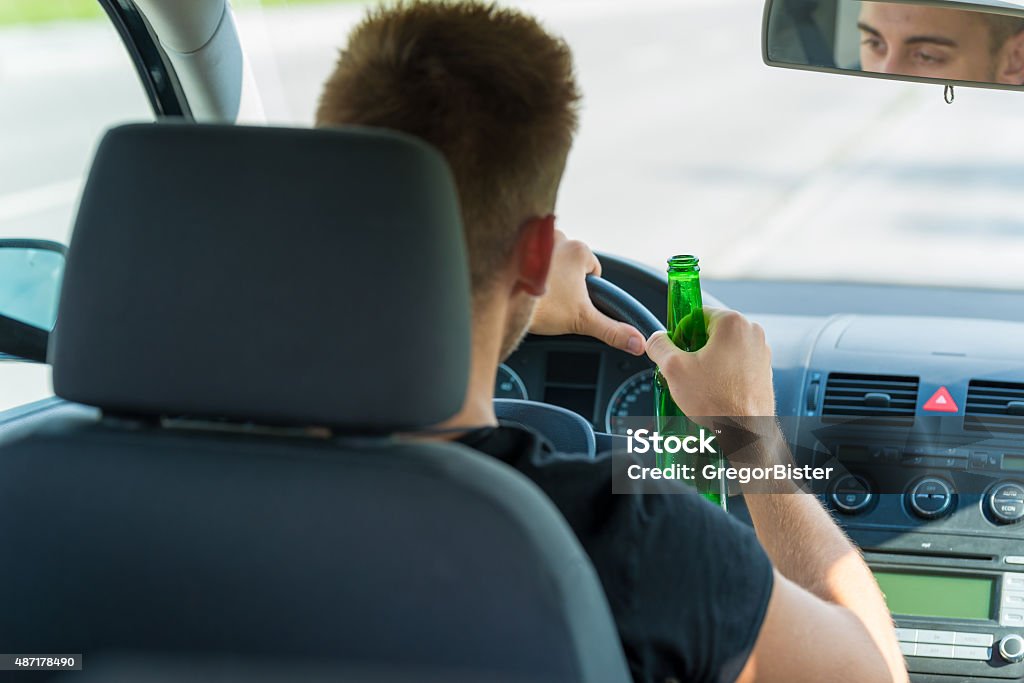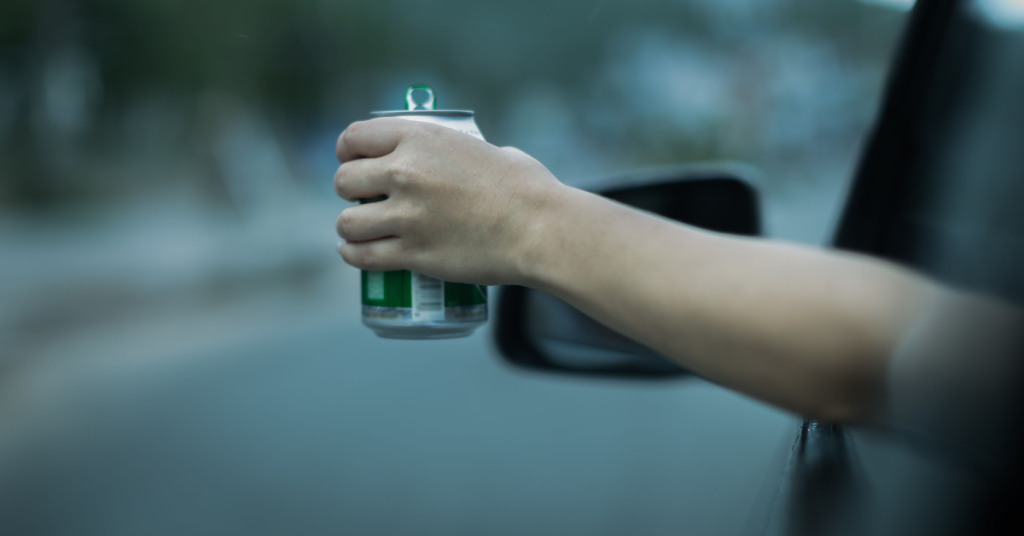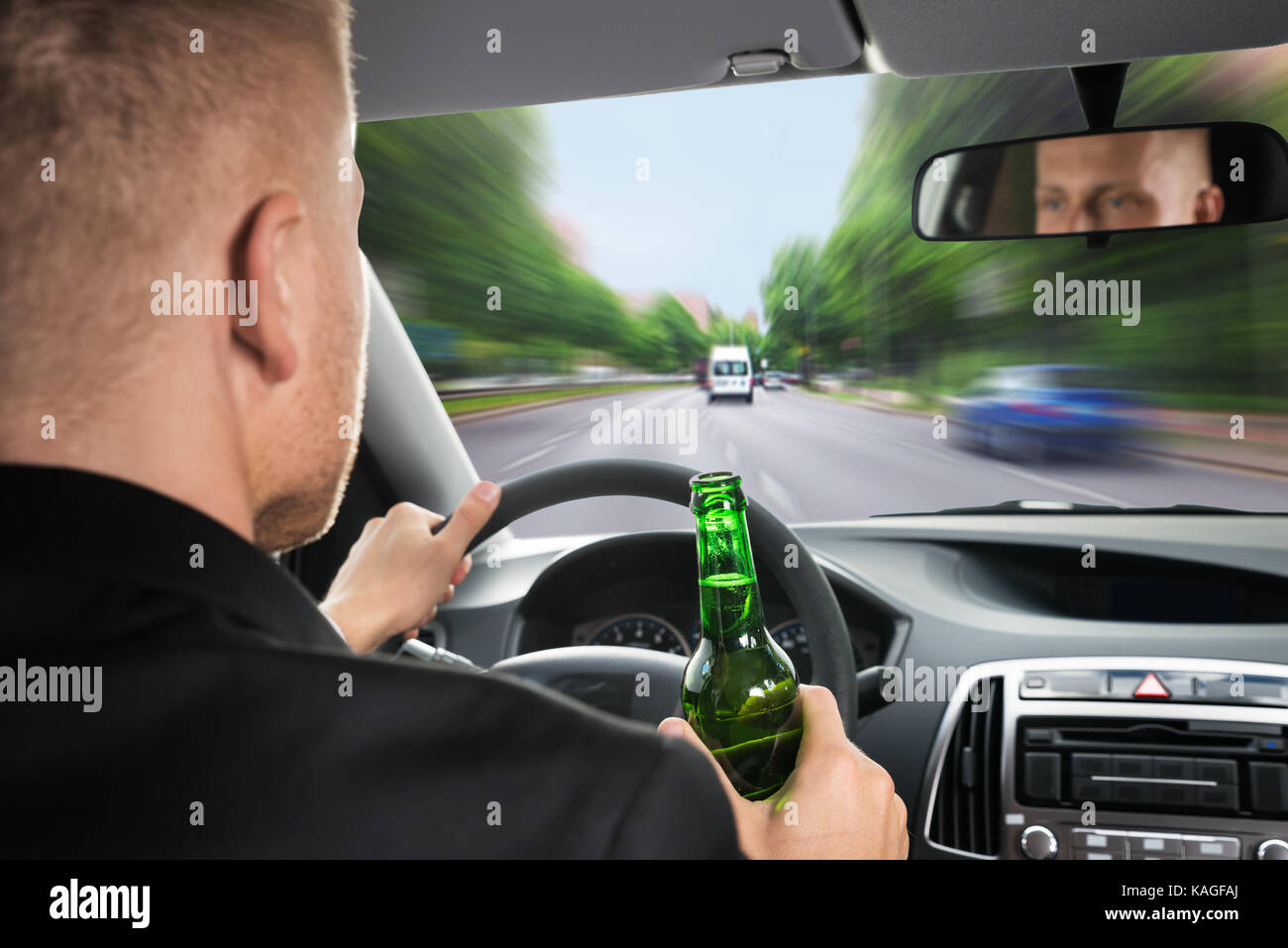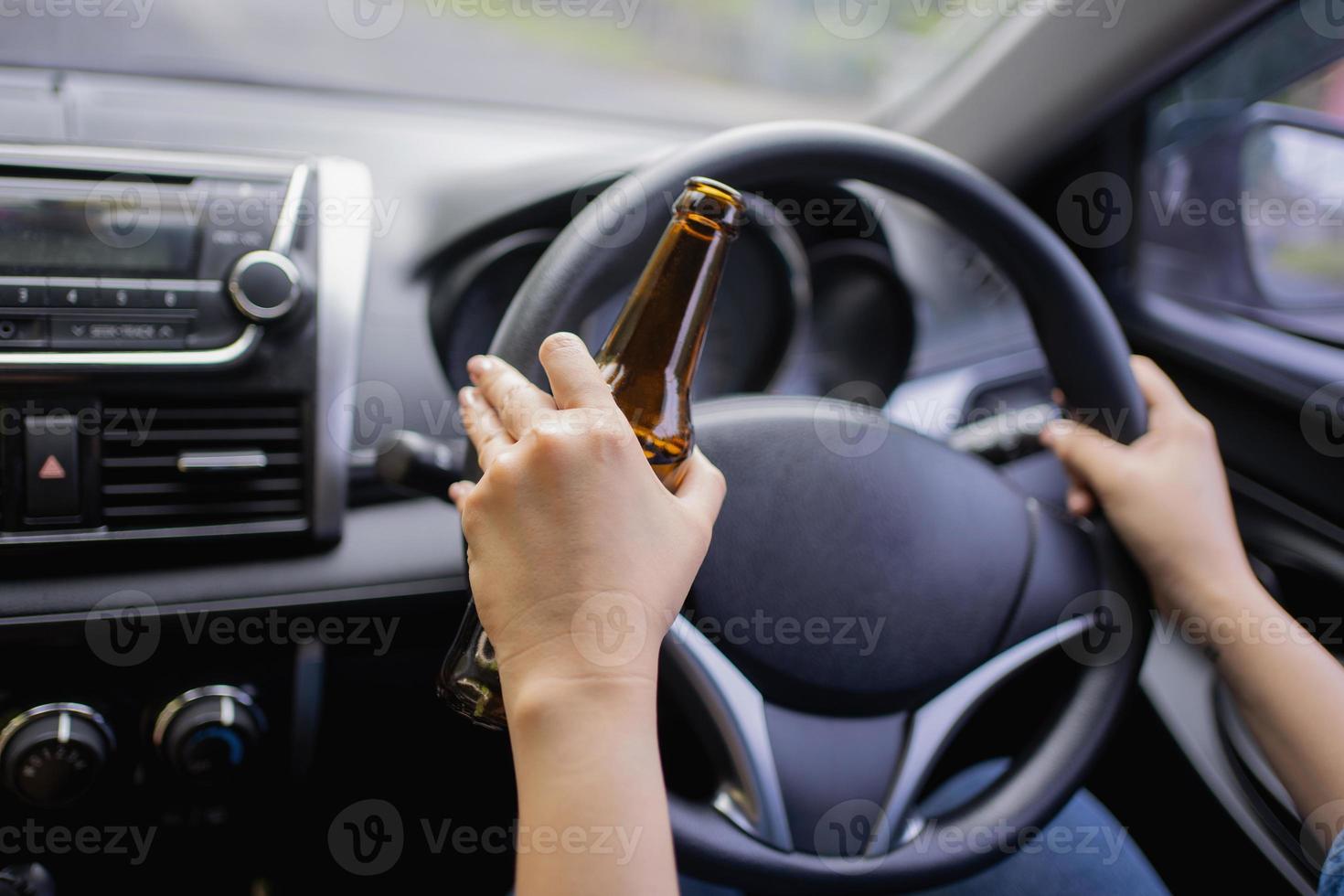Can I Drink Na Beer While Driving
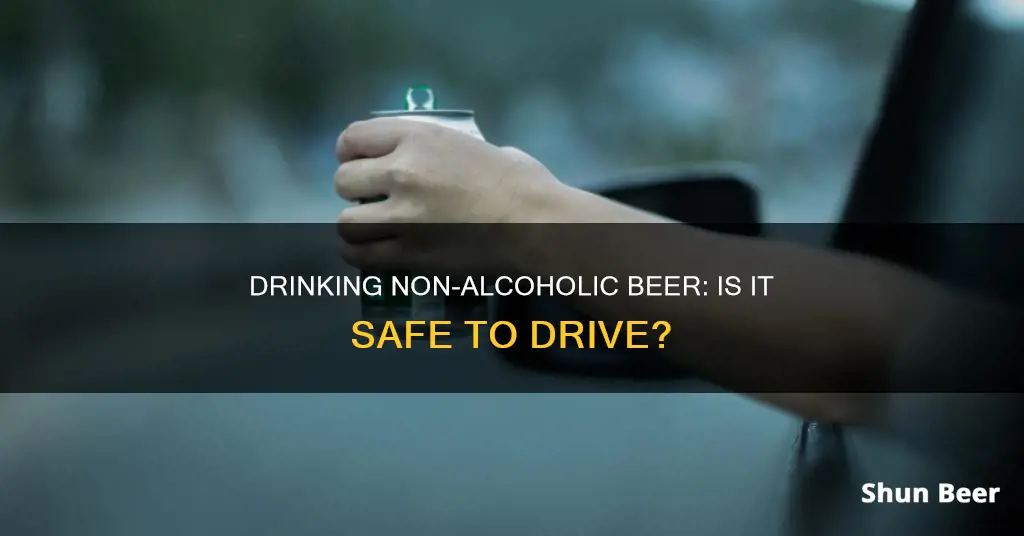
The question of whether consuming non-alcoholic beer while driving is legal is more complex than many realize. While it might seem harmless, the legal landscape varies significantly depending on jurisdiction and can carry unexpected consequences for drivers.
This article explores the current state of laws and regulations surrounding the consumption of non-alcoholic beer, often labeled as "NA beer", behind the wheel. We delve into the potential legal ramifications, the varying alcohol content in these beverages, and expert perspectives on the topic to clarify the boundaries of acceptable behavior.
The Legal Maze: State and Local Regulations
The legality of drinking non-alcoholic beer while driving is not explicitly defined in many jurisdictions. Many states focus on open container laws and driving under the influence (DUI), which target alcoholic beverages exceeding the legal blood alcohol content (BAC) limit, generally 0.08%.
However, the absence of explicit laws does not automatically grant permission. Some states have broad open container laws that prohibit the consumption of any beverage in a motor vehicle. It's crucial to understand the specific regulations in your location, as ignorance is not a defense.
Local ordinances can further complicate matters. Cities and counties might have specific rules that supplement or even contradict state laws. Drivers are advised to check both state and local regulations before consuming any beverage while driving.
Understanding Alcohol Content in "Non-Alcoholic" Beer
The term "non-alcoholic" can be misleading. In the United States, beverages labeled as non-alcoholic can contain up to 0.5% alcohol by volume (ABV).
While this is significantly lower than traditional beer (typically 4-6% ABV), it's not entirely alcohol-free. In contrast, some countries, like the UK, have stricter standards, allowing a maximum of 0.05% ABV for beverages labeled as alcohol-free.
The cumulative effect of consuming several non-alcoholic beers could potentially raise your BAC, although it's unlikely to reach the legal limit for most individuals. Factors such as body weight, metabolism, and the speed of consumption play a significant role.
Expert Perspectives: Safety and Perception
Law enforcement officials often emphasize the importance of responsible driving. Even if technically legal, consuming any beverage while driving can be a distraction, potentially impairing judgment and reaction time.
Sgt. Michael Thompson of the State Highway Patrol notes, "While a single NA beer might not directly cause impairment, the act of drinking, opening the can, and the psychological impact can divert attention from driving." He also added
"The perception of drinking something that resembles alcohol can lead to altered behavior, regardless of the actual alcohol content."
Public health organizations also advocate for caution. They highlight that normalizing the consumption of even non-alcoholic beverages while driving can send the wrong message and contribute to a culture of relaxed attitudes toward drinking and driving.
Potential Legal Consequences: Beyond DUI
Even if your BAC remains below the legal limit, drinking non-alcoholic beer while driving could still lead to legal trouble. An officer might perceive you as impaired based on your driving behavior.
Erratic driving, swerving, or speeding could provide probable cause for a traffic stop. The presence of open containers, even of non-alcoholic beer, could further raise suspicion.
Furthermore, if involved in an accident, consuming any amount of alcohol – even from non-alcoholic sources – could be used against you in civil court, potentially increasing your liability.
A Case Study: The Ambiguity in Practice
A recent case in Ohio highlighted the ambiguity surrounding this issue. A driver was pulled over for erratic driving and found to have several empty non-alcoholic beer cans in his vehicle.
While his BAC was below the legal limit, he was initially charged with reckless operation due to the totality of the circumstances. The charges were later reduced, but the case underscores the potential for misinterpretation and legal entanglement.
His lawyer, Sarah Miller, argued that the lack of clear legal guidelines contributed to the confusion. "This case highlights the need for clearer legislation and public education regarding the consumption of non-alcoholic beverages while driving," she stated.
Conclusion: Exercise Caution and Know Your Rights
While consuming non-alcoholic beer while driving might not automatically be illegal in every jurisdiction, it is crucial to exercise caution. The potential for distraction, misinterpretation by law enforcement, and the overall impact on driving safety should not be overlooked.
Always prioritize safety and avoid any behavior that could compromise your ability to drive safely and responsibly. When in doubt, it's best to err on the side of caution and refrain from consuming any beverage while operating a motor vehicle.
Familiarize yourself with the specific laws and regulations in your state and local area. This knowledge is your best defense against potential legal issues and helps ensure responsible driving practices.

